The Sustainable Chumash
Inside the Santa Ynez Band of Mission Indians' Quest to Go Green
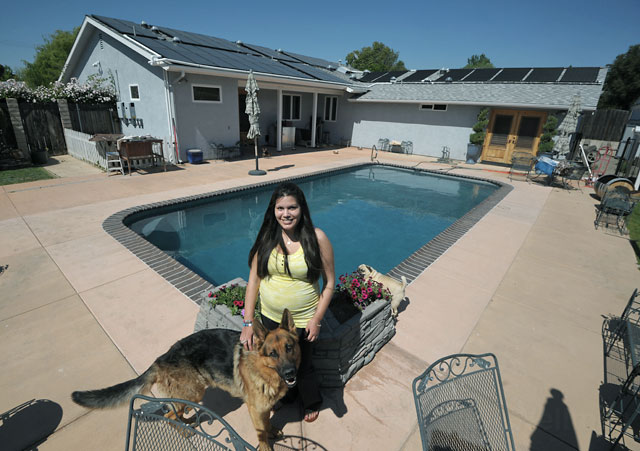
There is something beautiful and poetic and incredibly important happening just off Highway 246 in Santa Ynez.
In perfect step with the wisdom and heritage of their ancestors — who lived in relative harmony with nature for thousands of prosperous years — the Santa Ynez Band of Mission Indians is turning its 130-acre reservation into a trailblazing example of sustainability in action. During the past five years, with very little fanfare or recognition from the outside community, the Chumash people (as they are better known these days) have greened up every corner of their land, from the very public casino all the way down to their individual homes. With so many solar panels, biofuels, drought-tolerant plants, and creek-restoration projects underway — not to mention practical training for tribal members and loads of money being allocated to the cause — the Chumash efforts are not only at the forefront of what anyone else is doing in Santa Barbara County; they appear to be leading the state in this sort of development, as well.
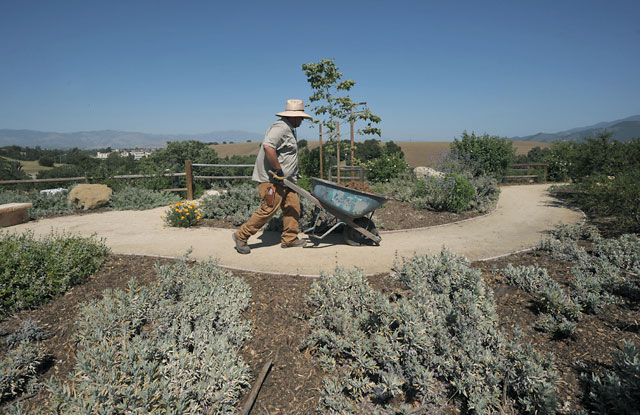
“What they are doing is raising the bar for everybody in Santa Barbara County and beyond, really,” said Jared Blumenfeld, the head of the Pacific Southwest division for the Environmental Protection Agency (EPA) and the man who ultimately approves the tribe’s eco projects. “They are an actual vision of what can be achieved, and that is something the environmental movement needs. … It’s amazing and inspiring.”
And better yet, to hear the tribe tell it, they are just getting started.

Growing Green Roots
Up until 1998, the Chumash didn’t really have any official eco-minded policies or protocols. That year, thanks to an EPA grant, the reservation’s leadership tapped tribe descendant Willie Wyatt, who’d just graduated from UC Davis, to be director of its first environmental program.
“Basically, I was the only college grad [in the tribe] with an environmental degree,” said Wyatt with a chuckle last week. He was “basically a one-man operation” for the next eight years, working mostly on solid-waste reduction and recycling programs and occasionally overseeing the hiring of outside contractors to perform water-quality studies. The latter work was an important undertaking, as the reservation’s Zanja de Cota Creek is preciously rare, being the only year-round stream in the entire Santa Ynez Valley that flows and faces the south.
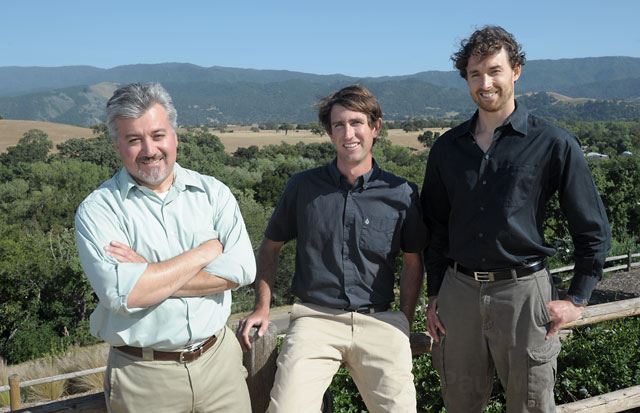
Wyatt’s bare-bones efforts ramped up in the fall of 2007, when Josh Simmons, a grad student at UCSB’s Bren School of Environmental Science and Management, was hired as an intern. Working at the intersection of corporate and environmental worlds since a teenager in Connecticut, Simmons had charted a perfect path to his role with the Chumash: In high school, he interned for the environmental department of the Mohegan Sun casino, then got a degree in environmental law from Assumption College, and then attended law school at University of San Diego before winding up at the Bren School in 2006. The now 31-year-old had “no idea that the Chumash even existed” when he landed in Santa Barbara, but that all changed a year later in October 2007, when he started his 20-hour-per-week internship with the tribe, stepping into the environmental office just as Wyatt was being promoted to tribal administrator.
In the nearly five years since, Simmons has taken over as the director and hired fellow Bren alum Jesse Patterson as his right-hand man, officially the “environmental management specialist.” The once one-man office has grown to 10 employees — six full-timers, four part-timers — not to mention a “bunch of interns” from both the tribe and the Bren School. Reflected Simmons, “It has been something that has just grown beautifully.”
And Action!
Because the Chumash reservation answers only to federal agencies like the EPA, U.S. Fish and Wildlife, and the Bureau of Indian Affairs, the tribe is free from the red-tape and often slow-road realities of county and state regulations. So in relatively short order, the Chumash have put together a rather impressive résumé of eco-groovy projects under an all-encompassing approach that Patterson described only half-jokingly as “a real-life environmental SimCity.”

By using grant money to start projects and then asking for continued funding from the reservation’s tribal council, Simmons and the Chumash have planted community gardens, switched tribal trucks to biofuel, landscaped with native, drought-tolerant species, installed vast solar arrays on both community buildings and private residences, started recycling gray water and rainwater, and restored creeks with the best bioengineering in mind. Individually speaking, none of these efforts are particularly ground-breaking, but the cumulative effect is what makes the reservation truly stand out.
“All of these projects have complementary benefits for each other,” said Simmons. “Thanks to the community here, we are able to have this fully synthesized approach instead of just doing this stuff piecemeal. That really makes a difference, especially when it comes to showing people how effective and valuable it can be.”
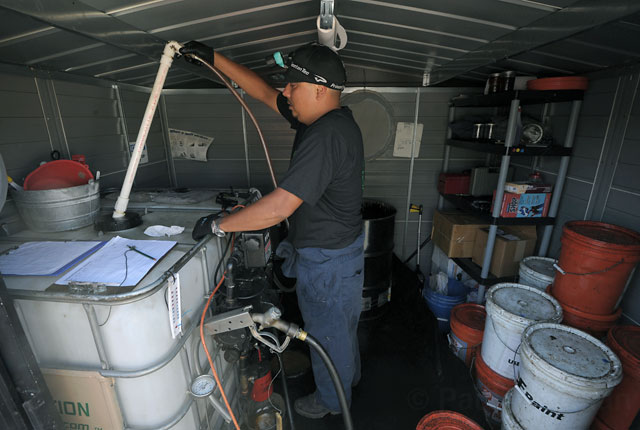
It’s hard not to be impressed when strolling the newly lush banks of Zanja de Cota Creek, watching the electric meters run backward in the tribe’s health clinic, or seeing a truck fill up with veggie oil from the casino. But the most important piece of what Simmons’s office is doing — and the most demonstrative of the cross-pollinating powers of sustainability — must be the work that was funded by the federal Climate Showcase Communities grant. The only tribe in the United States to receive the grant, the Chumash were given $500,000 to begin retrofitting homes on the reservation with energy-saving improvements. Along the way, tribal members will be trained in how to implement these changes themselves, thereby gaining real-world experience in “green” jobs and being equipped with all the skills needed to spread the eco-gospel beyond the reservation’s boundaries.
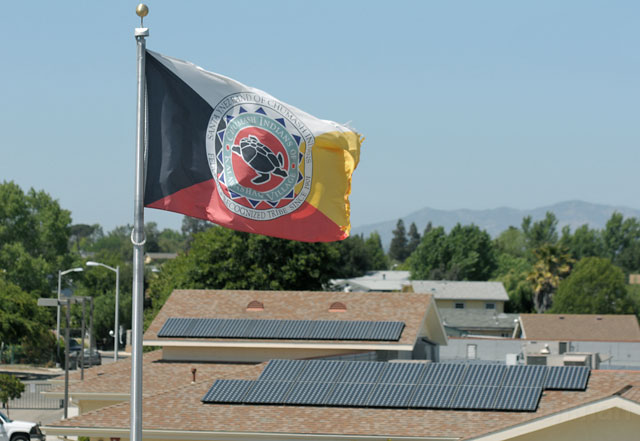
Specifically, for the next three years, the grant will pay for outside experts to come to the reservation and conduct home energy assessments. Then, once the needs are determined, tribal members will be tasked with doing most of the improvement work, from installing solar panels and building sun-powered water heaters to redoing windows and adding better insulation. By the end, Simmons believes that a quarter of the reservation’s nearly 100 homes will be improved, and 30 to 60 tribe members will be fully trained in this line of work, which will only be more valued in the years to come.
“It’s not about environment versus economic interests — you can have both,” said Simmons. “In fact, you should have both, and that is exactly what we are trying to demonstrate.”
The energy savings are already piling up, with almost 50 percent of the energy used by the tribe’s administrative offices now offset each day by solar power. Or take the Jimenez house. One of five residences currently reaping the benefits of solar, the family installed a 12-kilowatt system along with a solar-thermal water system a little more than a year ago to help offset the impacts of medical equipment. “We went from a bill of $1,000 or more a month down to like $11 or $12,” explained Lucille Jimenez. “I mean, gimme a break. You gotta do it.”
And then there’s the casino. Though it’s the most controversial project to ever be built in the Santa Ynez Valley — and a development that many loathe to this day for reasons ranging from aesthetic to philosophical — the Chumash Casino is also a leader in going green, despite actually falling outside of the oversight of Simmons’s office. Around the same time Simmons got the go-ahead for his eco-efforts, the casino was making moves in the same direction. It is home to the tribe’s wastewater treatment plant, a cutting-edge facility that uses tertiary treatment to clean the water with both UV and gravel/sand filtering technologies, then reusing it to flush toilets and irrigate landscapes.
There’s also the extensive LED lighting being used in the hotel and casino (where even slot machines get the energy-efficient mini-bulbs); the 720 solar heat-transfer tubes that save 3,810 therms and $3,500 annually in water-heating bills; the recycling of nearly 60 percent of the casino’s trash; and the use of nontoxic, eco-friendly cleaning supplies, hand driers rather than towels, and 100-percent recycled paper products. Those improvements have won the casino awards from both the County of Santa Barbara and Southern California Edison, but expect more in the future. As Simmons explained, “The things they are doing makes them one of if not the greenest casino in the world.”
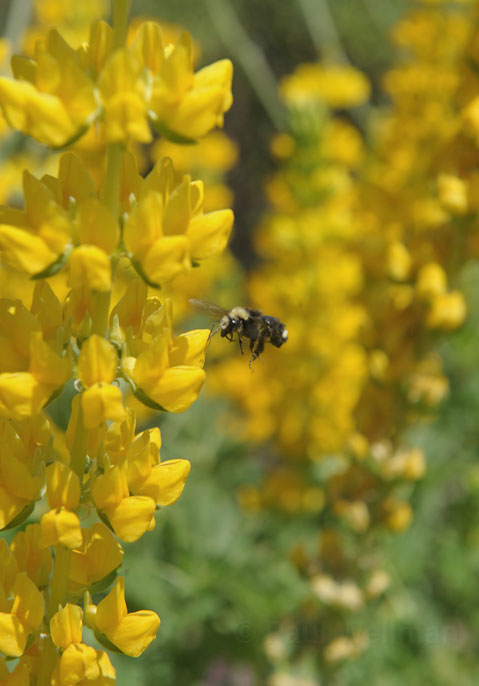
What Next?
The reservation remains a tiny slice of Santa Barbara County, but there’s good reason to hope that what’s being done by the Chumash will spill over to the rest of the region.
“Look, once a tribe, just like anyone else really, sees something that works and saves money and helps the environment, they are way more likely to do it,” explained Patterson. “That is one of our goals in all of this. We want to build a fully sustainable community using as much of the resources that we have here on the reservation as possible, but we also want to share what we are learning with everyone else. We have really unique opportunity here to prove that these things work. Our biggest failure would be if we don’t share that.”
To that end, Simmons is already in touch with other tribes around California, often traveling to give presentations on how the Chumash have helped themselves both fiscally and environmentally. And there is also plenty of regular interaction with the extensive environmental community in Santa Barbara County, including coordination with nonprofit organizations and a continued partnership with the Bren School.
Today, the tribe’s comprehensive eco-management extends all the way to 2022 and calls for expanding the biofuel program, increasing the harvesting of solar power, investigating wind power, assessing the use of natural gas in the casino shuttles, moving composting efforts to an on-site facility, and building an earthen office.
“Our goal is to be a real leader in the environmental movement for Santa Barbara County,” said Simmons. “There is so much that can be done. You just have to keep at it.”



